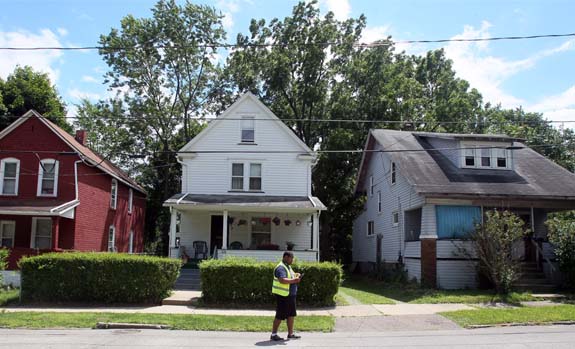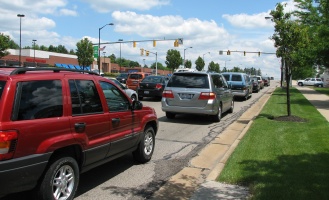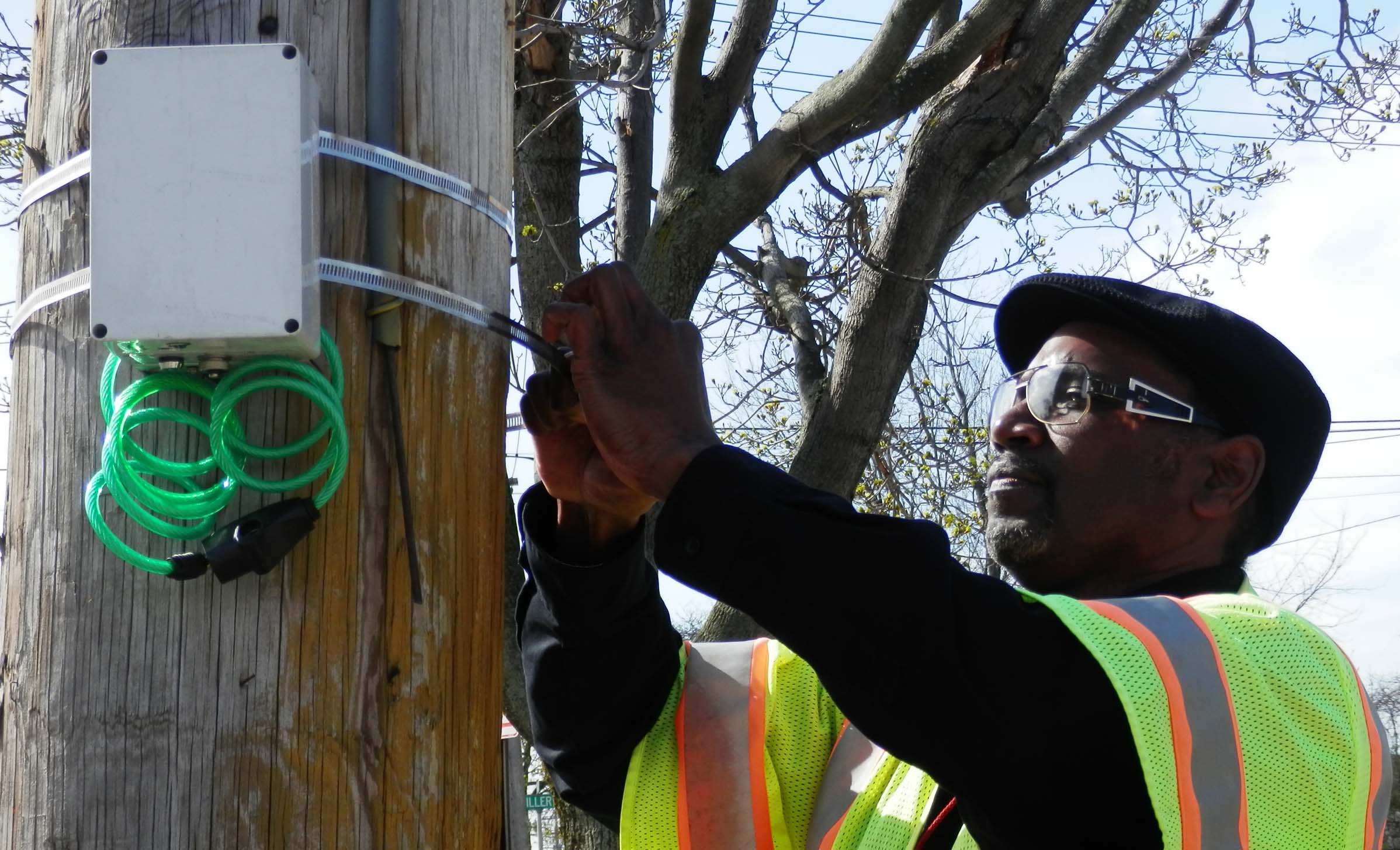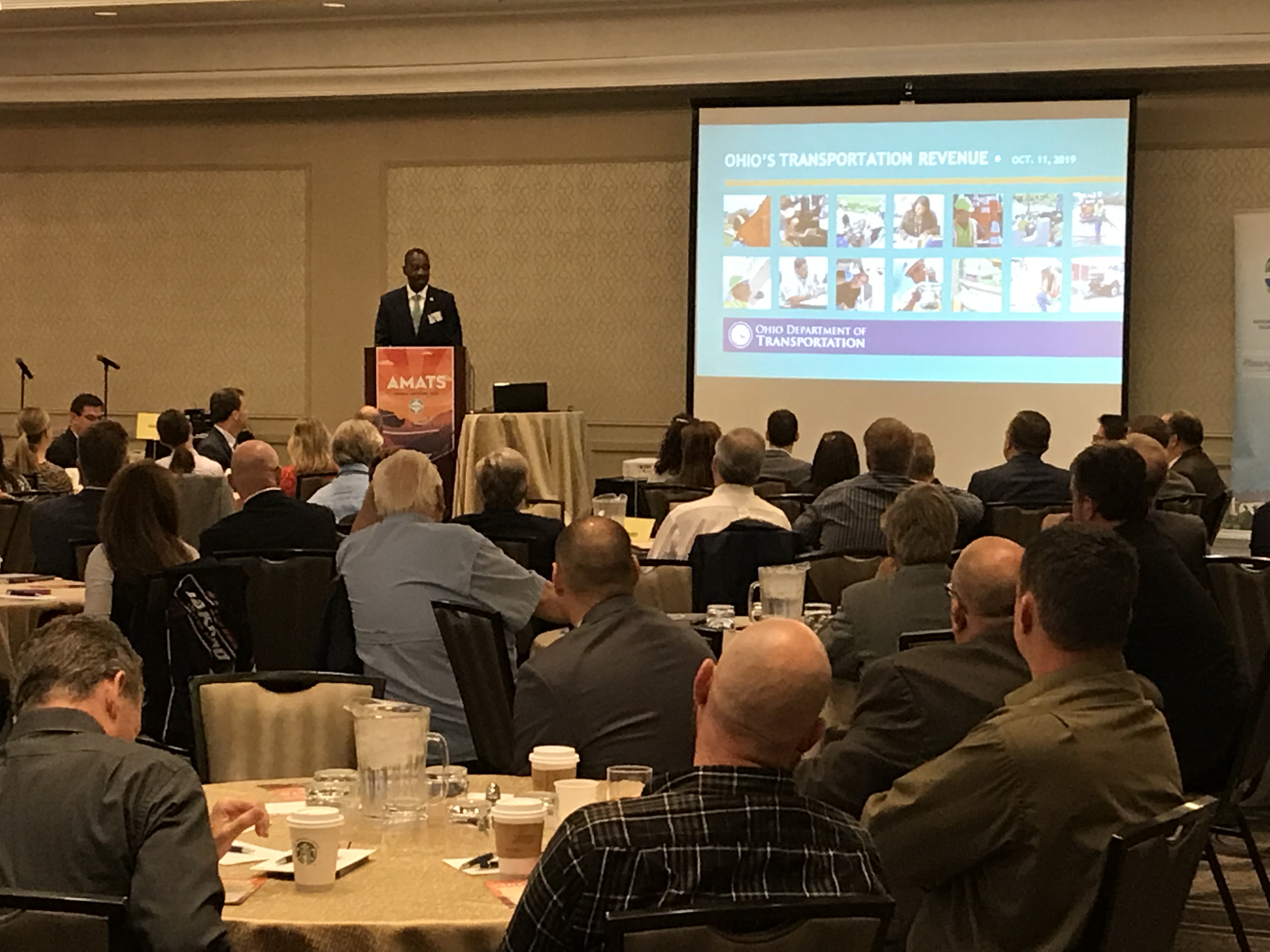Planning
Planning an efficient transportation system is a dynamic challenge that involves a number of elements. The following pages discuss AMATS focus areas and provides additional detail on how AMATS considers each.
Planning an efficient transportation system is a dynamic challenge that involves a number of elements. The following pages discuss AMATS focus areas and provides additional detail on how AMATS considers each.
The purpose of Connecting Communities – A Guide to Integrating Land Use and Transportation is to promote a region that balances environmental, social and economic concerns by improving coordination between land use and transportation. Connecting Communities utilizes a regional planning process to explore strategies to increase transportation choices and accessibility, help communities make collaborative, informed decisions to coordinate development, reduce environmental impacts and improve regional connectivity.
AMATS recently completed work on the next Long Range Regional Transportation Plan, Transportation Outlook 2045. The purpose of Transportation Outlook 2045 (TO2045) is to examine the current and future needs of greater Akron’s transportation system and develop policy and project recommendations. In order for transportation projects to receive federal funding they must be consistent with TO2045. TO2045 includes a demographic analysis of the region and summaries of reports completed in the last four years used to inform project recommendations. The plan includes long-term highway, transit, bike and pedestrian project recommendations. In December, 2017, AMATS Policy Committee passed a resolution supporting ODOT’s safety performance measure goal. The long range plan incorporates this goal.

Fix it first is the main goal of Transportation Outlook 2045. Due to funding constraints it is necessary that the long term plan ensures funding for our existing system. TO2045 recommends over $5.3 billion for highway infrastructure investment through 2045. Key projects recommended include replacing the State Route 8 Bridge over the Cuyahoga Valley, improvements to Interstate 77 between Ghent Rd and the Ohio Turnpike, and over $4.7 billion for preservation projects.

Over the past few years, the number of crashes and injuries has slightly declined in the AMATS area and statewide, although we are now seeing an increase in fatalities. Over the last two years, the number of bicycle related crashes and injuries was the lowest its been in recent years. Recent federal legislation requires ODOT and AMATS to establish performance measures and set targets that demonstrate fatal and serious injury reductions on all public roads. The required performance measures for safety are:
The current crash report shows that safety performance measures decreased (improved) in all five categories.
Read the latest Traffic Crash Report.
AMATS prepares its reports based on crash records provided by the Ohio Department of Public Safety. As the agency responsible for transportation planning in the area, AMATS uses this information to identify needed projects throughout the area. Communities rely on the report when applying for Highway Safety Program funds through ODOT.
The Bipartisan Infrastructure Law (BIL) created the Safe Streets and Roads for All (SS4A) Program with a focus on preventing fatalities and serious injuries on America’s roadways. AMATS created a SS4A action plan to better position the region to apply for and receive the implementation dollars associated with SS4A.

Bicycling is an important component of the Greater Akron transportation system with the potential to have a significant impact on the future economic, health, and sustainability of the region. Over 108 miles of shared-use paths in the area, including the Ohio and Erie Canal Towpath Trail, provide a framework for the regional bicycle network. Encouraging infrastructure projects that create safe connections to destinations and activity centers is critical in creating a bikeable community. AMATS is committed to identifying and promoting bike friendly roadways while continuing to provide bicycle recreation opportunities in the region.
Sidewalks are a key component to a balanced transportation system. They provide connectivity to transit, shopping, and employment. Most pedestrian infrastructure is the responsibility of individual communities. It is important to provide pedestrian facilities where the need exists.
Through its Connecting Communities Initiative, AMATS has encouraged planning for pedestrian needs. These needs must be addressed in the transportation planning process.

Land use trends illustrate that the region continues to expand outward. The bulk of this growth was low density residential development on previously undeveloped land. This residential development puts a strain on infrastructure and transit services. Suburban roads are required to carry more traffic than intended and eventually must be improved. Transit cannot serve these areas in a cost effective manner. Increased suburbanization puts pressure on communities to expand the transportation system that is already in dire need of preservation. AMATS coordinates land use issues with local communities to ensure that communities are aware of the potential impacts of new development.
Transportation improvements can have potential adverse impacts on the natural environment since they generally stimulate new development. The region’s long-term viability is tied to the quality of its environmental resources. The National Environmental Policy Act (NEPA) requires transportation planning agencies like AMATS to integrate environmental considerations into the transportation planning process. Environmental resources that AMATS considers include air quality, climate change, stormwater management, and social, economic and environmental concerns in the region.
The effect of vehicle emissions on air quality is a major consideration in transportation planning for the region. Individual vehicle trips may seem insignificant, but their cumulative effect is a major determinant in the region’s air quality. Air quality conformity demonstrates that the transportation programs in the region conform to applicable air quality standards. As the United States Environmental Protection Agency (USEPA) continues to tighten the current ozone and fine particulate matter (PM2.5) standards, the region may be required to implement more control measures on ozone and PM2.5. While more controls may be necessary, much of the area’s pollution originates outside the area and is carried by wind patterns into the region. AMATS will continue to monitor air quality issues and push for more statewide controls, as opposed to attainment area controls.
AMATS is working closely with officials throughout the state and at the federal level in order to prepare for climate change impacts on the regional transportation system. The greater Akron region is making an effort by considering bicycle, pedestrian and transit recommendations. Park and ride lots and the Gohio Commute program will also aid in reducing GHGs (greenhouse gases) through carpooling. Best management practices designed to infiltrate stormwater such as bioswales, permeable pavement, and reducing curb-and-gutter, are techniques that can help protect the environment and transportation infrastructure from disaster.
Green infrastructure is an approach to water management that protects, restores, or mimics the natural water cycle by reducing peak flows to streets and storm sewers. AMATS encourages the use of green infrastructure to reduce potential negative impacts of stormwater runoff such as rain gardens, permeable pavements, green roofs, infiltration planters, trees, and rainwater harvesting systems.

Congestion continues to be a problem in rapidly growing communities, but has been less of an issue in communities with low growth. The Congestion Management Process, completed in December 2020, analyzed existing and future congestion. The report concluded that while there continues to be highway congestion that needs to be alleviated, recent trends of high fuel prices and reduced travel have impacted the number of major widening projects deemed necessary. Recently completed projects have also contributed to the alleviation of some congestion region wide. Due to limited funding sources, only the most congested locations will be able to be improved. The Congestion Management Process also recommended additional strategies to be considered by the region to help alleviate congestion. These strategies included public transportation and carpooling.

The Ohio Department of Transportation maintains a database of traffic counts. Follow the link below to search traffic counts across the state. ODOT Traffic Count Database Additionally, AMATS now maintains an interactive traffic count database. AMATS Traffic Count Map

AMATS develops a Unified Planning Work Program every fiscal year which is developed in coordination with Metro RTA, PARTA and the Ohio Department of Transportation. The Work Program identifies products which AMATS staff plan to complete during the upcoming fiscal year. AMATS completes drafts of the Work Program in January and March and the AMATS Policy Committee approves the final Work Program in May of each year. The public is welcome to comment on the Work Program and it is reviewed during AMATS Citizen Involvement Committee Meetings. If you have questions or comments about the Work Program, please contact Heather Reidl of the AMATS Staff.